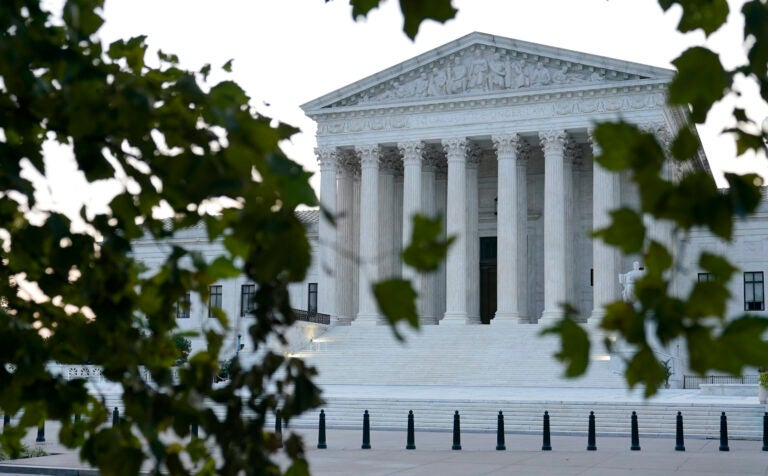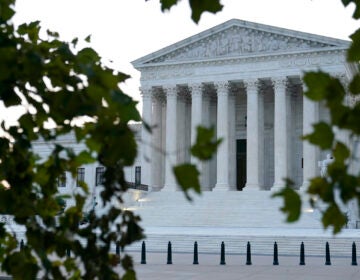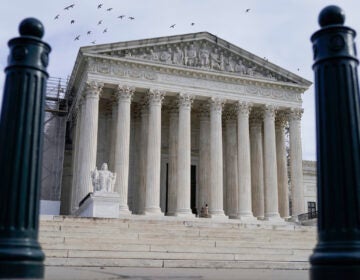Supreme Court says women must obtain abortion pill in person
The Supreme Court ordered Tuesday that women must visit a doctor's office, hospital or clinic in person to obtain an abortion pill during the COVID-19 pandemic.

The sun rises behind the Supreme Court in Washington, Wednesday, Sept. 23, 2020. (AP Photo/Patrick Semansky)
The Supreme Court ordered Tuesday that women must visit a doctor’s office, hospital or clinic in person to obtain an abortion pill during the COVID-19 pandemic, though similar rules for other drugs have been suspended during the public health emergency.
Eight days before President Donald Trump leaves office, the justices granted a Trump administration appeal to be able to enforce a longstanding rule on getting the abortion pill, mifepristone. The pill need not be taken in the presence of medical professionals.
The court split 6-3, with the liberal justices in dissent. The new administration could put the in-person requirement on hold after Joe Biden takes office on Jan. 20.
A federal judge had suspended the rule since July because of the coronavirus, in response to a lawsuit from the American College of Obstetricians and Gynecologists and other groups.
U.S. District Judge Theodore Chuang affirmed the suspension of the rule in December, saying public health risks for patients had increased as COVID-19 cases soared.
The Food and Drug Administration approved mifepristone to be used in combination with a second drug, misoprostol, to end an early pregnancy or manage a miscarriage.
The administration has suspended similar in-person visits for other drugs, including opioids in some cases, but refused to relax the rules for getting the abortion pill.
In October, the Supreme Court allowed women to continue getting the abortion pill by mail but deferred any substantive ruling. Justices Samuel Alito and Clarence Thomas said they would have granted the administration’s request then.
At the time, there were only eight justices on the court, as Justice Amy Coney Barrett had been nominated, but not yet confirmed. Barrett took the seat of Justice Ruth Bader Ginsburg, who died in September.

Get daily updates from WHYY News!
WHYY is your source for fact-based, in-depth journalism and information. As a nonprofit organization, we rely on financial support from readers like you. Please give today.





